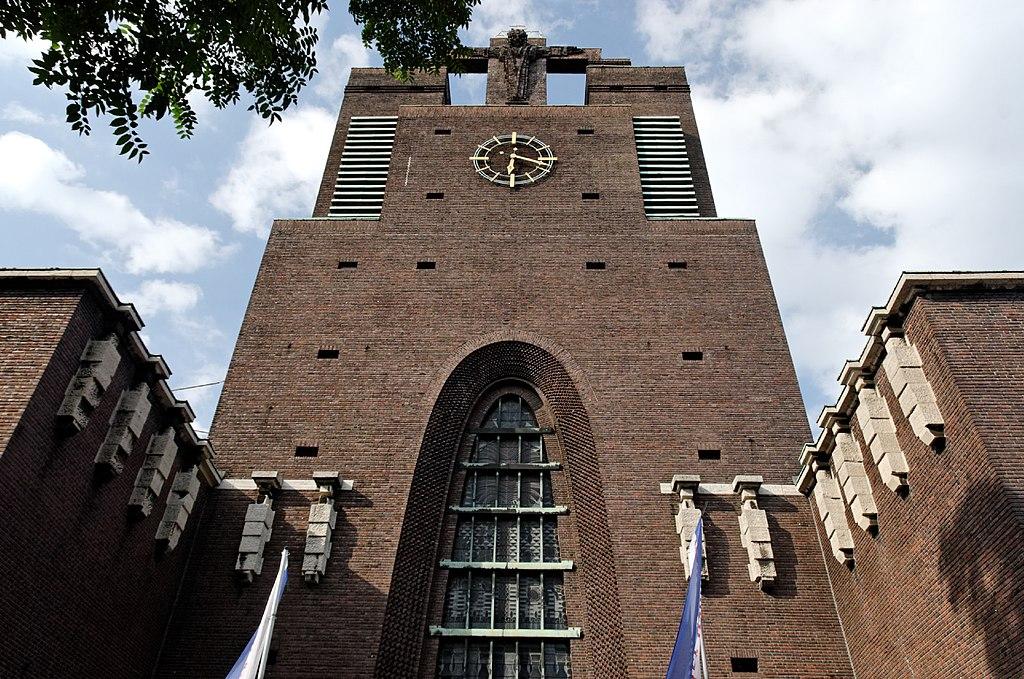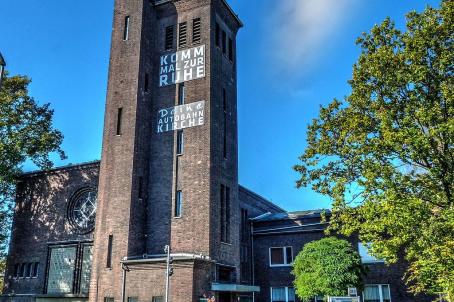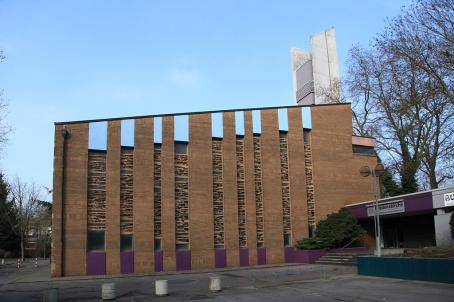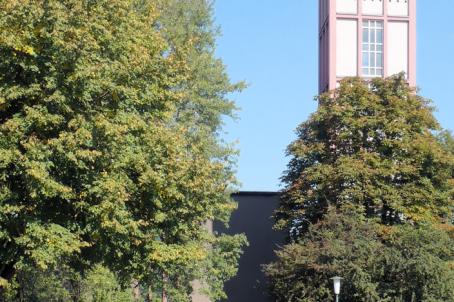Heilig Kreuz / Public event space, Gelsenkirchen
Heilig Kreuz Church in Gelsenkirchen, built between 1927 and 1929, is a remarkable example of brick expressionism, featuring industrial aesthetics and vibrant interior spaces. The church is undergoing conversion into a multipurpose venue and cultural center, revitalizing the neighborhood.
About this building
Heilig Kreuz Church in Gelsenkirchen, Germany, is an architectural masterpiece and a symbol of the city. Built between 1927 and 1929, the church showcases the distinctive style of brick expressionism, combining dark bricks with large rectangular stained glass windows. The exterior resembles industrial structures, while the interior surprises with its vibrant colors and parabolic vaulted ceiling.
The church played a significant role in the social fabric of the community but faced declining attendance, leading to its closure. However, a dedicated group formed a preservation association to save the building. After years of planning and collaboration, a redevelopment plan emerged.
The church is now being transformed into a versatile event venue and cultural center, complementing the nearby Science Park and contributing to the revitalization of the surrounding neighborhood. The project demonstrates the city's commitment to preserving architectural heritage and promoting cultural activities.
For more information on this building visit https://strasse-der-moderne.de/kirchen/gelsenkirchen-ueckendorf-heilig-…






